Stay Ahead of the Curve
Latest AI news, expert analysis, bold opinions, and key trends — delivered to your inbox.
OpenAI's new voice chat and image search features for ChatGPT: A step in the right direction?
7 min read Exciting news from OpenAI! ChatGPT is getting voice chat and image search features. Paying users can enjoy them soon, with availability for everyone following shortly. Enhancing AI conversations and image searches for all! September 26, 2023 06:05
OpenAI has announced new voice chat and image search features for its ChatGPT AI chatbot. These features are rolling out to paying users in the next two weeks and will be available to everyone else soon after.
The voice chat feature allows users to interact with ChatGPT naturally by speaking to it. ChatGPT uses OpenAI's Whisper model to convert speech to text and its own text-to-speech model to generate audio from text. Users can choose from five different voices for ChatGPT.
The image search feature allows users to prompt ChatGPT with images. ChatGPT can then try to understand what the user is asking about and respond accordingly. Users can also use the app's drawing tool to help make their query clear or speak or type questions to go along with the image.
Both of these new features have the potential to make ChatGPT more useful and versatile. However, they also raise some concerns. For example, the voice chat feature could be used to impersonate public figures or commit fraud. The image search feature could also be used to prompt ChatGPT about people in a way that is inaccurate or invasive.
OpenAI says that it is aware of these risks and has taken steps to mitigate them. For example, the company has limited ChatGPT's ability to analyze and make direct statements about people. Additionally, OpenAI is only rolling out these features to a limited number of users at first.
It remains to be seen how these new features will be used and whether they will ultimately make ChatGPT a more valuable tool. However, they represent a significant step forward for OpenAI's work on multimodal AI.
Here are some thoughts on the potential benefits and drawbacks of these new features:
- Benefits:
- Make ChatGPT more natural and intuitive to use.
- Expand the range of tasks that ChatGPT can perform.
- Make ChatGPT more accessible to people with disabilities.
- Drawbacks:
- Could be used to impersonate public figures or commit fraud.
- Could be used to prompt ChatGPT about people in a way that is inaccurate or invasive.
- Could make ChatGPT more computationally expensive to run.
Overall, I believe that the new voice chat and image search features for ChatGPT have the potential to be a valuable addition to the platform. However, it is important to be aware of the potential risks and to use these features responsibly.
I am particularly interested to see how the image search feature is used. I think it has the potential to be a powerful tool for learning and exploration. For example, students could use it to learn about different cultures or historical periods by exploring images from those times. Businesses could use it to learn about new trends or to research potential markets.
I am also interested to see how OpenAI addresses the risks associated with these new features. I think it is important for the company to be transparent about how it is mitigating these risks and to be responsive to feedback from users.
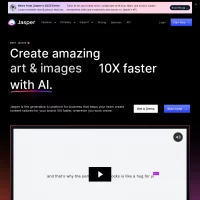
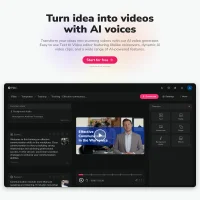
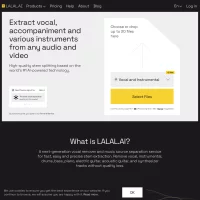
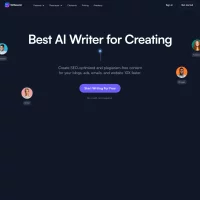
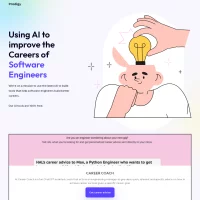


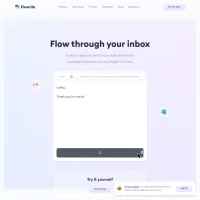

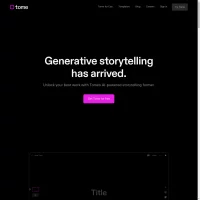



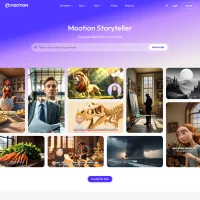
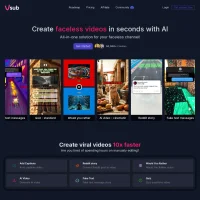


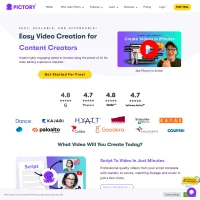
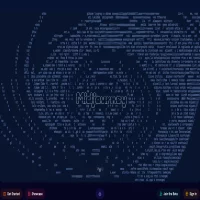
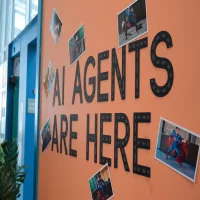 AI Agents
AI Agents